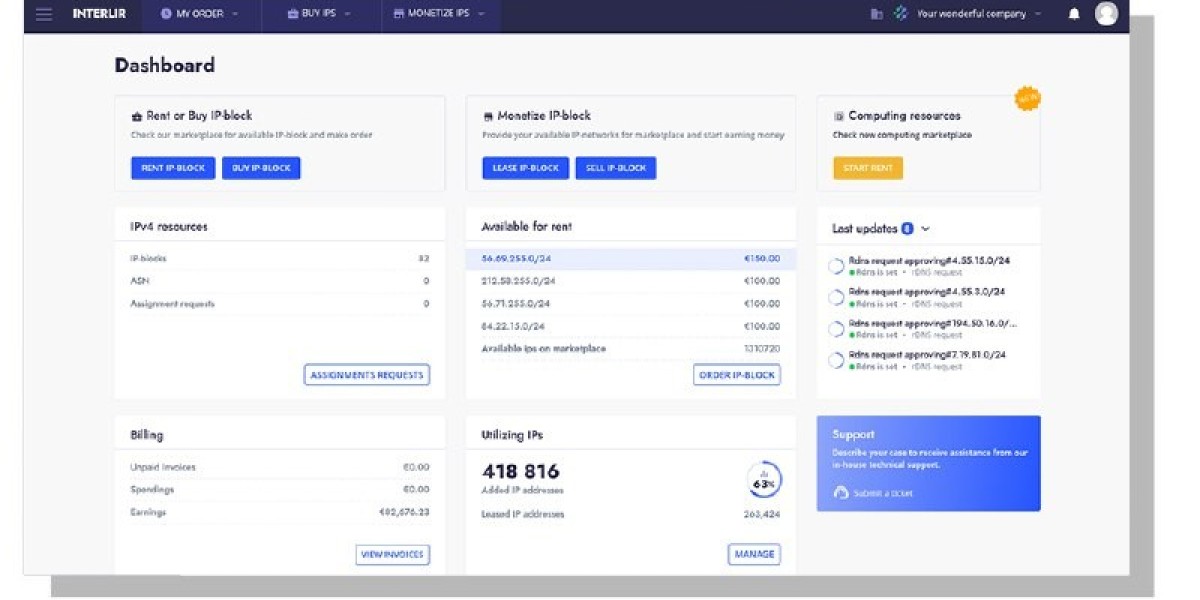In the ever-evolving world of fashion and textile manufacturing, digital textile printing has emerged as a revolutionary technology. It combines creativity with innovation, transforming how fabrics are designed, produced, and customized. Unlike traditional screen printing methods that require extensive setup and manual processes, digital textile printing uses advanced inkjet technology to print designs directly onto fabric. This results in higher precision, reduced waste, and limitless design possibilities.
As industries worldwide shift toward sustainability and customization, digital textile printing continues to gain popularity in both fashion and industrial applications. From small design studios to large-scale fabric manufacturers, this technology is redefining how prints come to life on textiles.
What is Digital Textile Printing?
Digital textile printing is a modern printing technique that involves the application of digital designs directly onto fabric using specialized inkjet printers. The process eliminates the need for traditional printing screens or rollers, enabling designers to print detailed patterns with vibrant colors and intricate details.
This technique utilizes water-based inks, such as reactive, sublimation, or pigment inks, depending on the type of fabric. The digital process allows for flexibility in design, shorter turnaround times, and reduced material waste, making it a sustainable alternative to conventional printing methods.
How Digital Textile Printing Works
The process of digital textile printing involves several key stages that ensure high-quality output and color accuracy.
Design Creation
The first step is creating the digital artwork using computer software like Adobe Photoshop or Illustrator. This digital file is prepared with the exact color specifications and pattern dimensions required for printing.
Fabric Preparation
Before printing, the fabric is pre-treated with specific chemicals to ensure the ink adheres properly. This step helps improve color vibrancy and wash fastness.
Printing Process
Once the fabric is prepared, it is loaded into a digital printer equipped with high-precision inkjet heads. These printers deposit micro-droplets of ink directly onto the fabric surface, replicating the design with stunning clarity and color depth.
Fixation and Finishing
After printing, the fabric undergoes heat treatment or steaming to fix the ink permanently. The final step involves washing and drying to remove any excess chemicals, resulting in a smooth and ready-to-use printed fabric.
Advantages of Digital Textile Printing
High Design Flexibility
Digital printing enables endless creativity. Designers can easily experiment with colors, gradients, and complex patterns without the limitations of traditional printing techniques.
Cost-Effective for Small Runs
Unlike screen printing, digital textile printing doesn’t require expensive setup or screen preparation, making it perfect for small orders and sample production.
Eco-Friendly Production
Digital textile printing consumes less water, produces minimal waste, and uses eco-friendly inks, making it an environmentally sustainable choice for the modern textile industry.
Faster Turnaround Time
With no lengthy setup process, printing can begin almost immediately after design finalization, significantly reducing production time.
Superior Print Quality
The precision of digital inkjet technology ensures sharper details, smoother gradients, and more consistent color reproduction compared to traditional printing methods.
Applications of Digital Textile Printing
Digital textile printing has found its way into a wide range of industries and creative fields.
Fashion and Apparel
In fashion, designers use digital printing to produce vibrant garments with intricate designs. It allows rapid prototyping and on-demand manufacturing, helping brands stay ahead of fast-changing trends.
Home Furnishing
From curtains and cushions to upholstery and bedding, digital printing adds elegance and personalization to home décor products.
Sportswear and Activewear
Sublimation printing, a type of digital printing, is especially popular for sportswear. It allows full-color, stretchable prints that maintain breathability and comfort.
Interior Design
Interior designers now use custom-printed fabrics for wall art, drapes, and furniture covers, allowing complete creative freedom in transforming spaces.
Promotional Products
Customized textiles, such as tote bags, banners, and T-shirts, are increasingly produced through digital printing for marketing and promotional events.
Types of Digital Textile Printing Technologies
There are several digital printing technologies, each suited for different fabric types and applications.
Dye-Sublimation Printing
Ideal for polyester fabrics, this method uses heat to transfer dye into the fabric. The result is durable, vibrant prints that don’t fade easily.
Reactive Printing
Used mainly for natural fibers like cotton, silk, and linen, reactive inks bond chemically with the fibers to produce brilliant and wash-resistant designs.
Pigment Printing
Pigment inks sit on the surface of the fabric and are suitable for almost all fiber types. This method offers excellent color consistency and requires less post-processing.
Acid Printing
This process is primarily used for protein-based fibers like silk and wool. Acid dyes produce deep, vivid colors with excellent wash and light fastness.
Environmental Impact of Digital Textile Printing
Sustainability is one of the biggest advantages of digital textile printing. Traditional printing methods often involve water-intensive processes, large chemical usage, and waste generation. In contrast, digital printing reduces environmental impact by:
Using water-based, non-toxic inks.
Consuming up to 95% less water compared to screen printing.
Minimizing fabric and ink wastage.
Supporting on-demand production, which prevents overstocking and excess inventory.
As the textile industry faces growing pressure to adopt eco-friendly practices, digital textile printing represents a major step toward greener production methods.
Future of Digital Textile Printing
The future of textile printing is undoubtedly digital. With continuous advancements in printer technology, ink formulations, and automation, the industry is moving toward greater efficiency and creativity.
Emerging trends include the use of AI-driven design software, 3D printing integration, and smart textiles that respond to environmental stimuli. Moreover, the rise of customization and personalization in fashion has further boosted demand for digital printing, as it allows brands to offer unique designs tailored to individual preferences.
Digital printing will continue to play a central role in the future of sustainable fashion and textile innovation.
Frequently Asked Questions (FAQs)
What fabrics are suitable for digital textile printing?
Digital textile printing works well on a wide range of fabrics including cotton, polyester, silk, linen, and blends. However, the type of ink used varies depending on the fabric composition.
How durable is digital printing on fabric?
When properly fixed and finished, digital prints are highly durable. They resist fading and maintain color vibrancy even after multiple washes.
Is digital textile printing environmentally friendly?
Yes, digital textile printing is more sustainable than traditional methods. It uses less water, fewer chemicals, and reduces fabric waste, making it an eco-conscious option.
Can small businesses use digital textile printing?
Absolutely. The technology is ideal for small-scale and custom production, allowing designers and startups to print short runs without high setup costs.
What are the limitations of digital textile printing?
While digital printing offers numerous benefits, it may be slower for bulk production and can be limited by fabric width or ink compatibility. However, advancements in large-format printers are reducing these limitations.
Conclusion
Digital textile printing has truly transformed the way fabrics are designed and manufactured. Its blend of creativity, sustainability, and efficiency makes it the preferred choice for modern textile production. By enabling customization, reducing waste, and offering unmatched print quality, this technology bridges the gap between art and innovation.
As the textile industry continues to embrace digitalization and sustainability, digital textile printing will remain a driving force in shaping the future of fashion, décor, and industrial fabric applications. It not only empowers designers with endless possibilities but also promotes a cleaner, smarter, and more sustainable approach to textile manufacturing.






